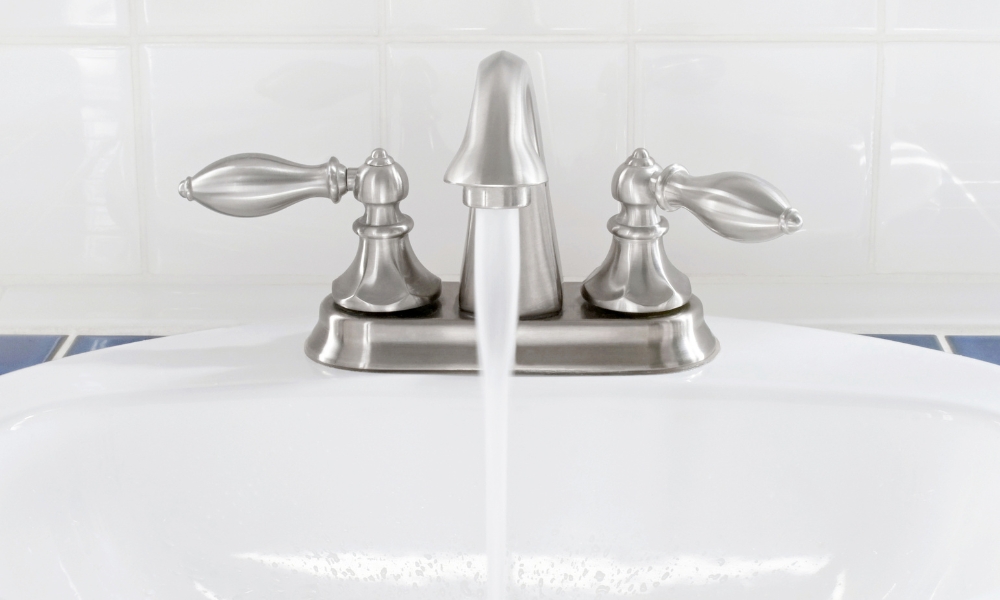Brushed nickel faucets clean are a popular choice in many households due to their elegant, modern appearance and durability. However, maintaining their pristine look requires proper cleaning and care. In this guide, we will walk you through the best practices for cleaning brushed faucets to keep them looking their best.
How often should I clean my brushed nickel faucets?
For best results, you should wipe down your brushed faucet with a damp microfiber cloth daily to remove fingerprints and water spots. Perform a deeper clean every one to two weeks or as needed to remove grime and mineral deposits.
Understanding Brushed Nickel
Brushed nickel is a finish that offers a subtle, matte look compared to the shiny surface of chrome. It is created by brushing the nickel with a wire brush or similar abrasive, which gives it its distinctive texture. While this finish is known for being durable and resistant to fingerprints and water spots, it still requires regular maintenance to prevent buildup of grime and mineral deposits.
Materials You Will Need
To clean your brushed nickel faucets effectively, gather the following materials:
- Soft microfiber cloths
- Mild dish soap
- White vinegar
- Water
- Non-abrasive sponge
- Old toothbrush
- Commercial cleaner specifically designed for brushed
Step-by-Step Cleaning Process
1. Regular Maintenance
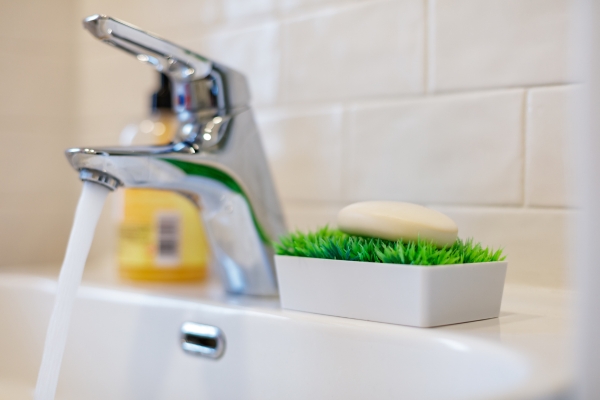
Regular maintenance is essential for keeping your Measure Faucet Size in pristine condition. After each use, simply wipe down the faucet with a damp microfiber cloth to remove fingerprints, water spots, and minor grime. This quick and easy step prevents buildup and keeps the faucet looking shiny and new. For added protection, dry the faucet thoroughly with a dry microfiber cloth to prevent water spots and mineral deposits from forming. Incorporating this simple routine into your daily habits ensures that your brushed faucets maintain their elegant appearance and continue to enhance the look of your kitchen or bathroom.
2. Deep Cleaning
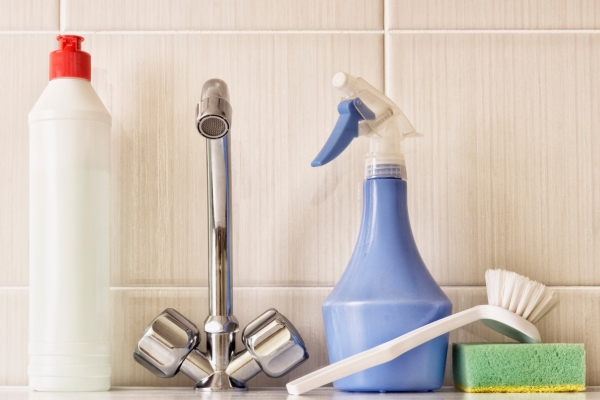
Deep cleaning your brushed faucets should be done every one to two weeks or as needed to ensure they remain in top condition. Start by mixing a few drops of mild dish soap with warm water to create a gentle cleaning solution. Dip a microfiber cloth into the soapy water, wring out the excess, and gently wipe down the entire faucet, focusing on areas where grime tends to accumulate, such as the base and around the handle. Rinse the cloth with clean water and wipe away any soap residue, then dry the faucet thoroughly with a dry microfiber cloth to prevent water spots. This deep cleaning routine will help maintain the faucet’s shine and durability, keeping it looking like new.
3. Removing Stubborn Spots and Mineral Deposits
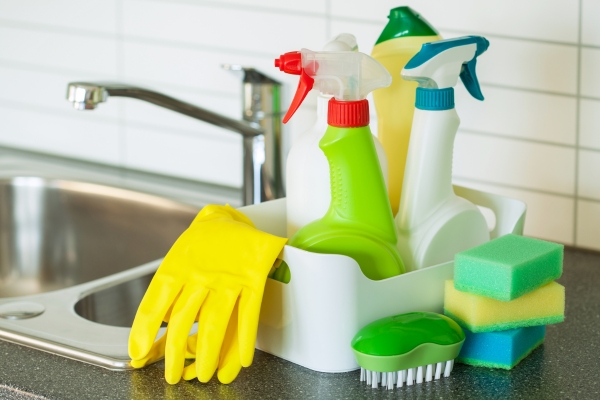
To tackle stubborn spots and mineral deposits on your brushed faucets, a simple vinegar solution works wonders. Mix equal parts white vinegar and water in a spray bottle and apply it to the affected areas. Allow the solution to sit for a few minutes to break down the mineral deposits. Gently scrub the spots with a non-abrasive sponge or an old toothbrush, being careful not to use excessive force to avoid damaging the finish. Rinse the faucet thoroughly with clean water to remove any vinegar residue, and dry it completely with a microfiber cloth. This method effectively eliminates tough deposits, restoring the faucet’s smooth, elegant appearance.
4. Commercial Cleaners
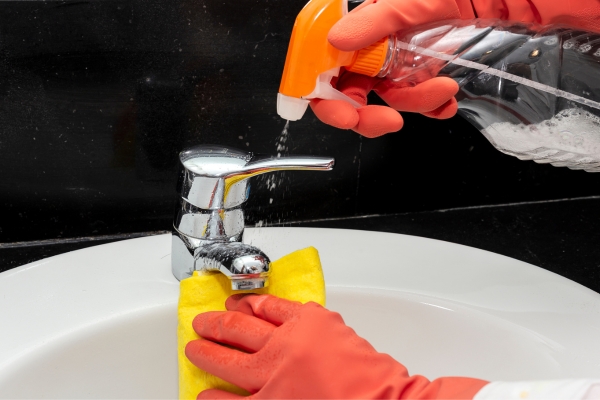
For an extra layer of cleanliness or to tackle particularly tough stains. Using a commercial cleaner specifically designed for brushed can be very effective. Choose a cleaner that is safe for brushed nickel finishes and always read the manufacturer’s instructions before use. To ensure the cleaner won’t damage your faucet, test it on a small, inconspicuous area first. Apply the cleaner according to the instructions, typically by spraying or applying it to the faucet and letting it sit for a designated time. Wipe the cleaner away with a soft cloth, rinse the faucet thoroughly with clean water to remove any residue, and dry it with a microfiber cloth to prevent water spots. Using a commercial cleaner occasionally can help maintain the faucet’s pristine condition and shine.
Additional Tips for Maintaining Brushed Faucets
- Avoid Abrasive Cleaners: Never use abrasive cleaners, scrub brushes, or steel wool on brushed nickel, as these can scratch and damage the finish.
- Avoid Harsh Chemicals: Steer clear of cleaners that contain bleach, ammonia, or other harsh chemicals. These substances can tarnish the nickel and ruin its appearance.
- Dry After Use: After using the faucet, wipe it dry with a microfiber cloth to prevent water spots and mineral buildup.
- Use a Soft Cloth: Always use soft, non-abrasive cloths for cleaning and drying the faucet to maintain its smooth surface.
Conclusion
Proper cleaning and maintenance of brushed nickel faucets can help preserve their beauty and functionality for years to come. By using gentle cleaning solutions, regular maintenance, and avoiding harsh chemicals, you can keep your faucets looking as good as new. Follow these simple steps, and your brushed faucets will continue to enhance. The elegance of your kitchen or bathroom with their timeless appeal.
